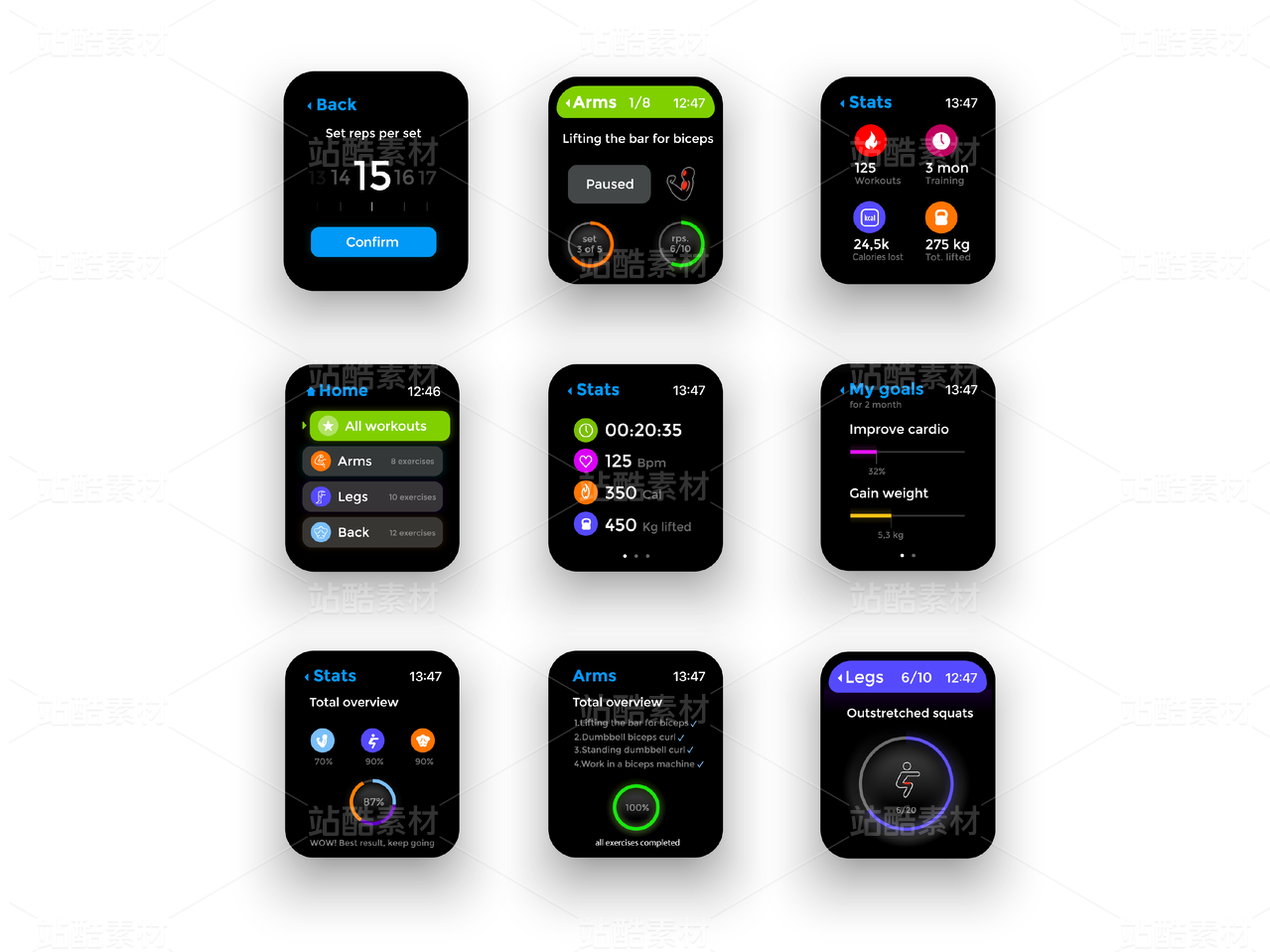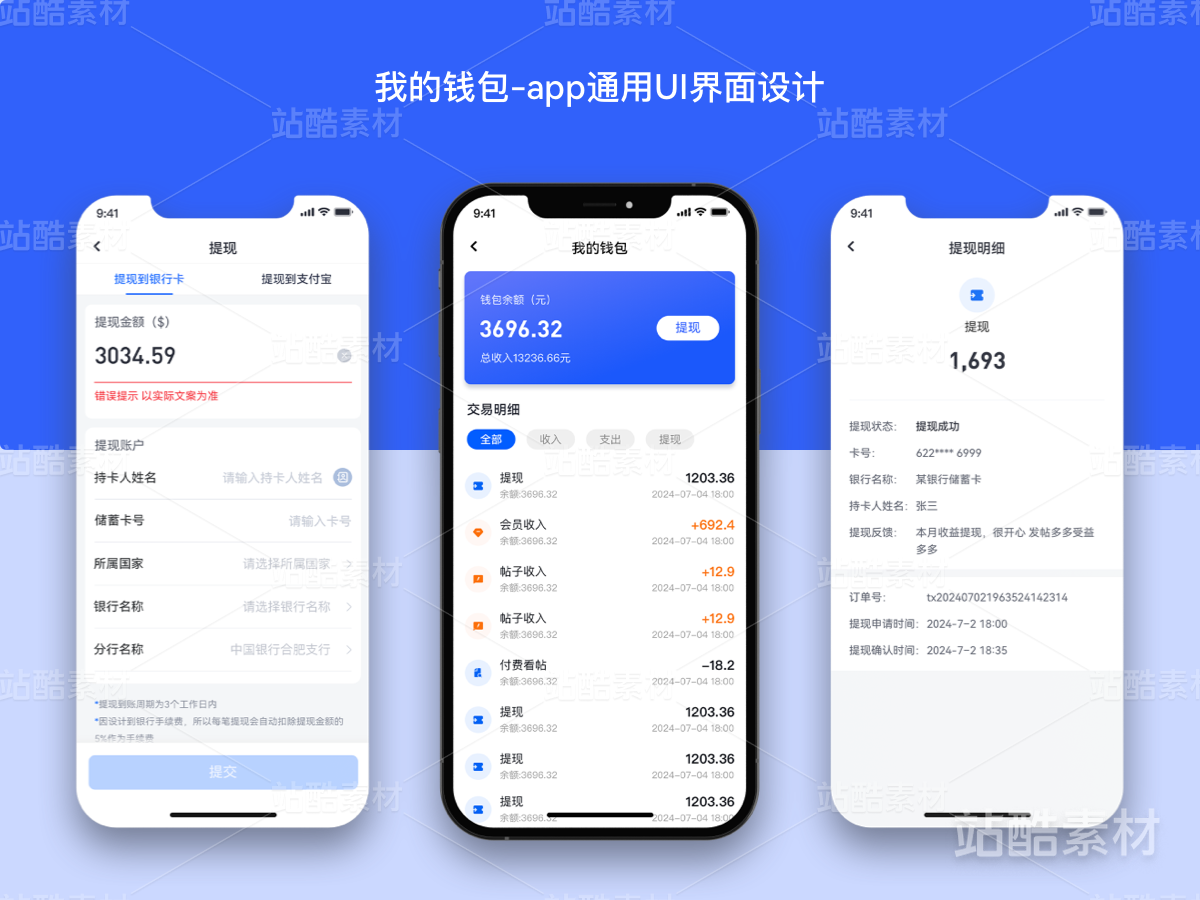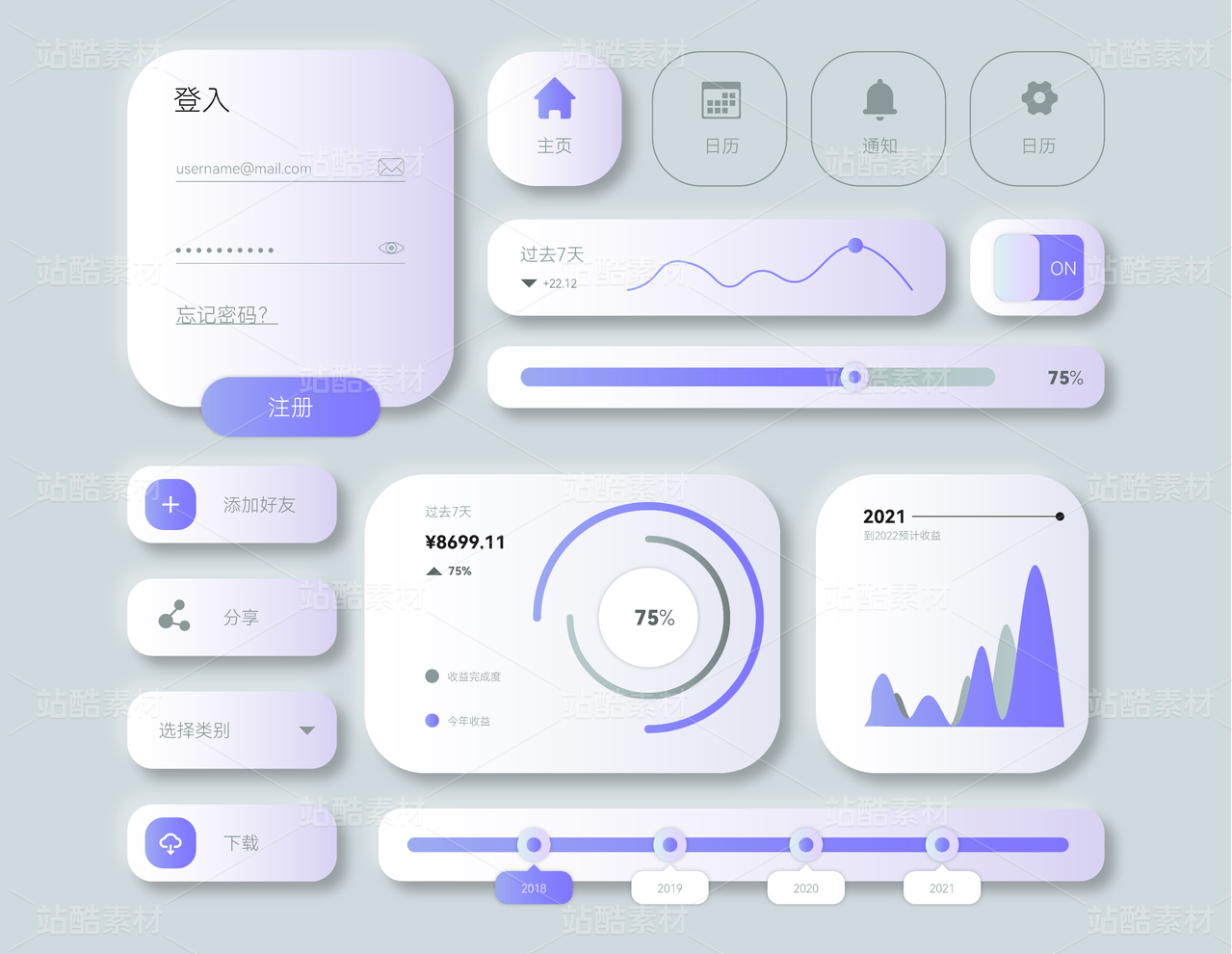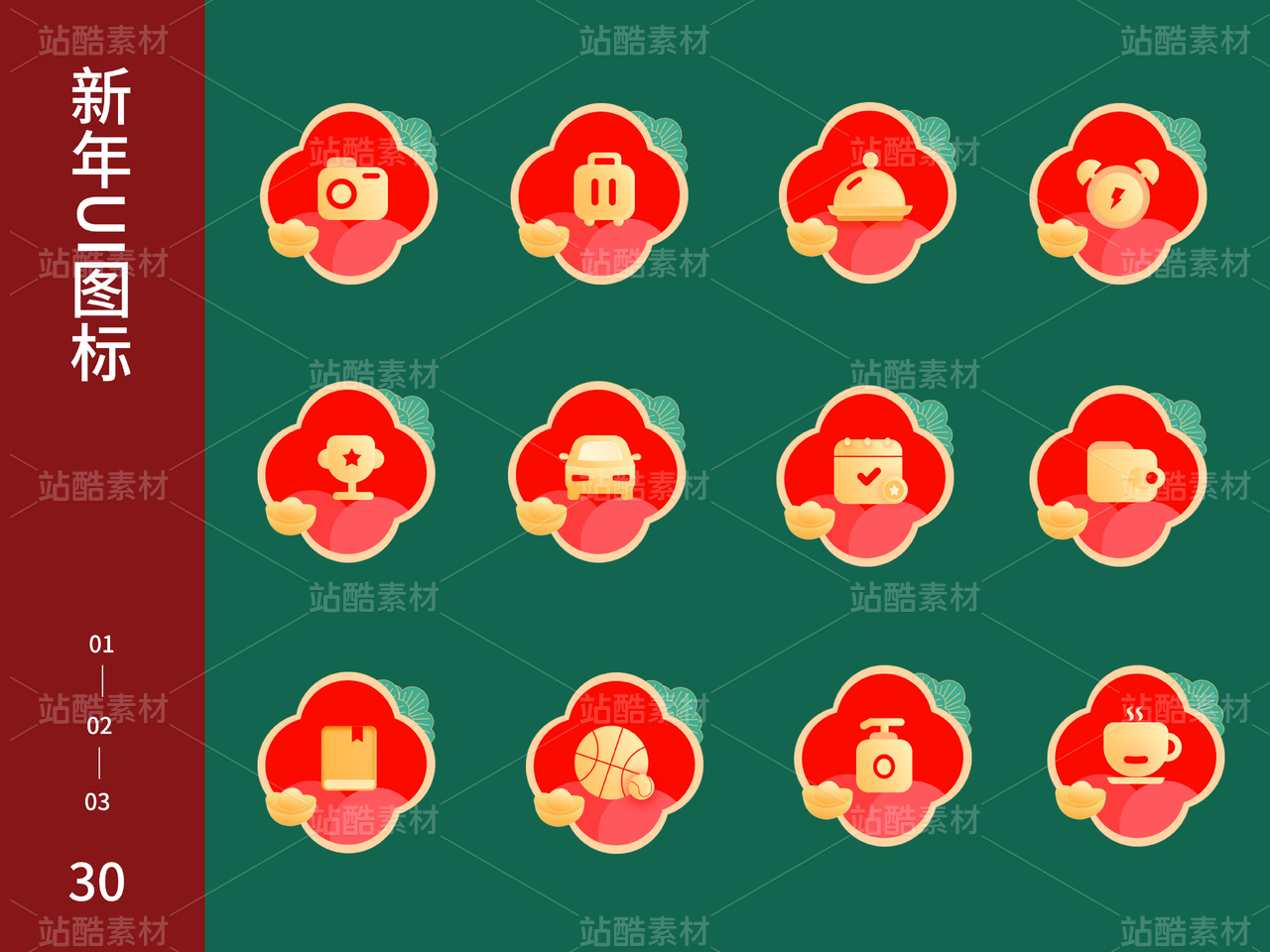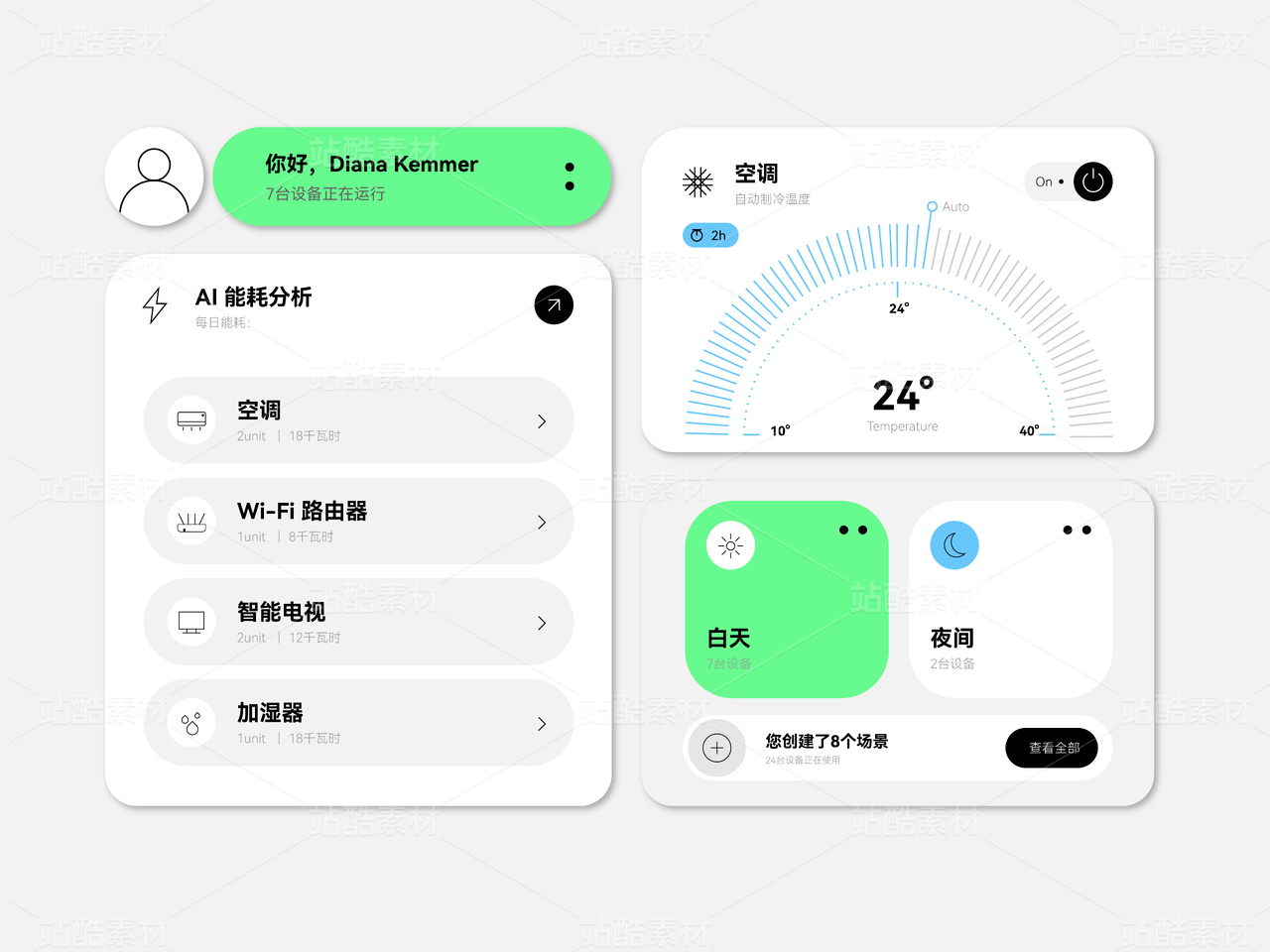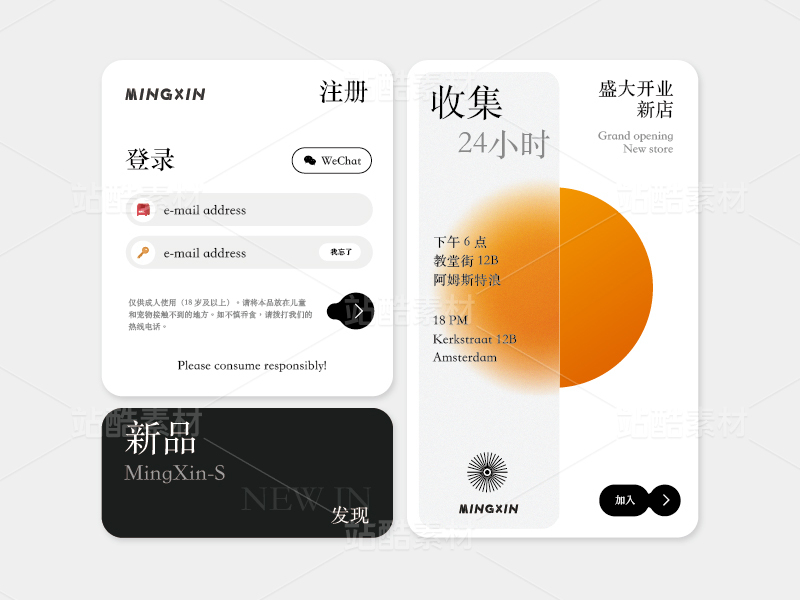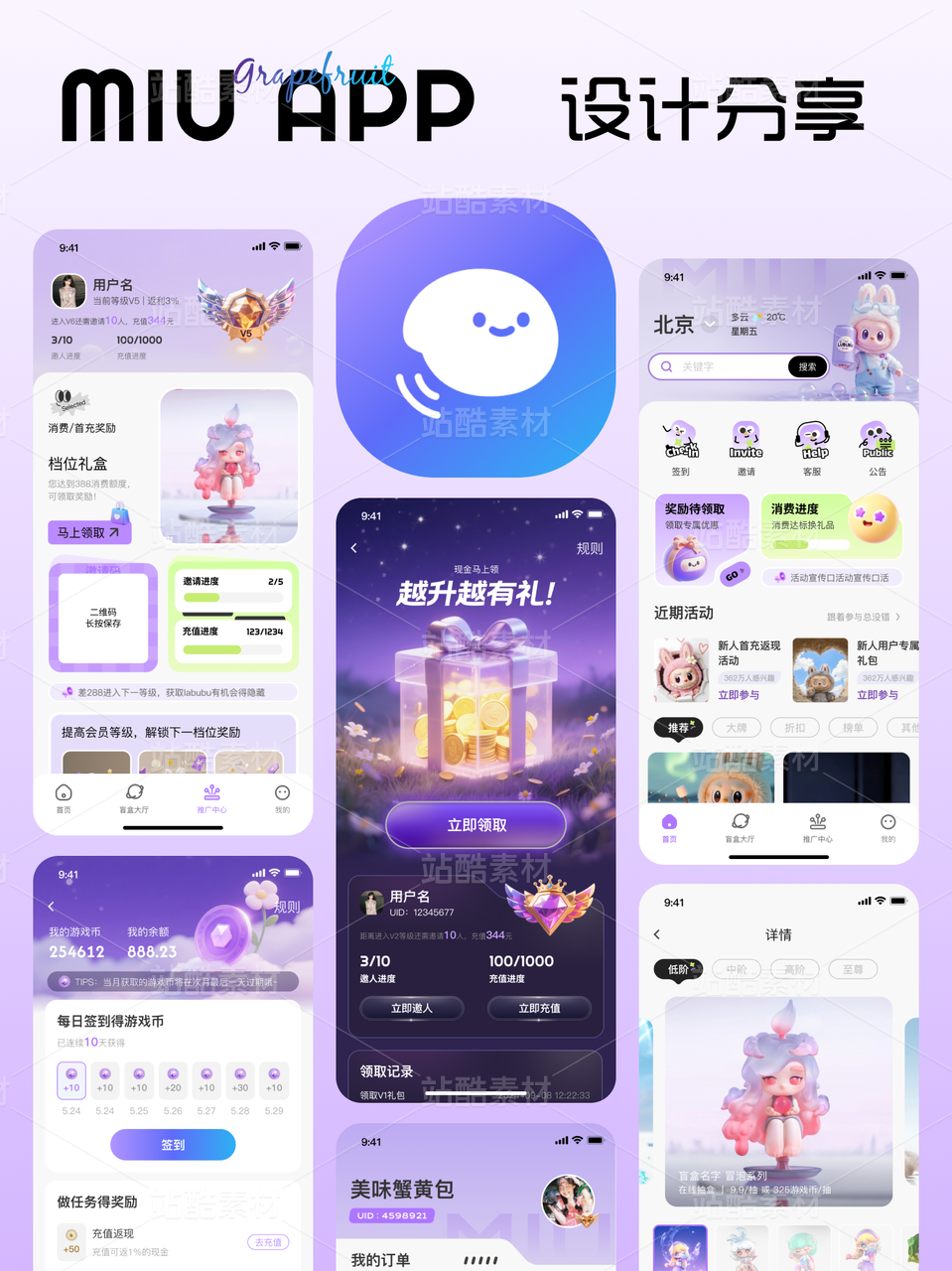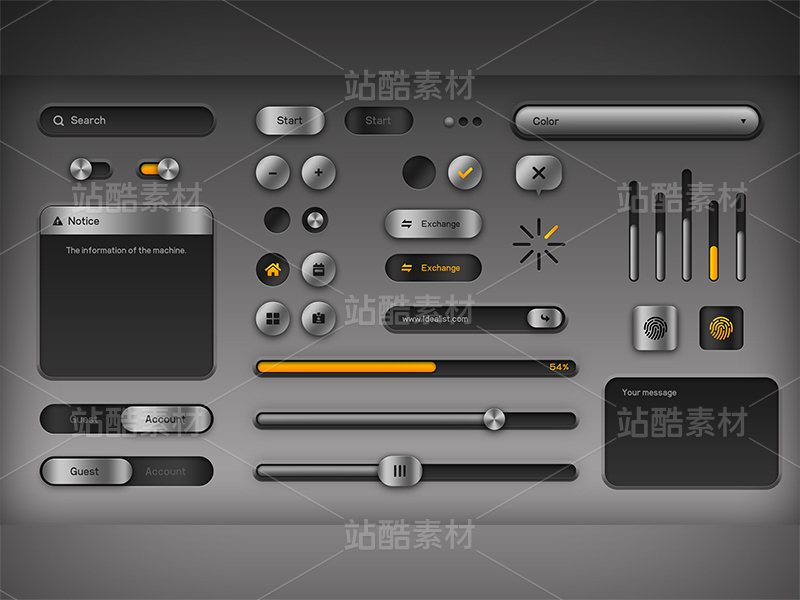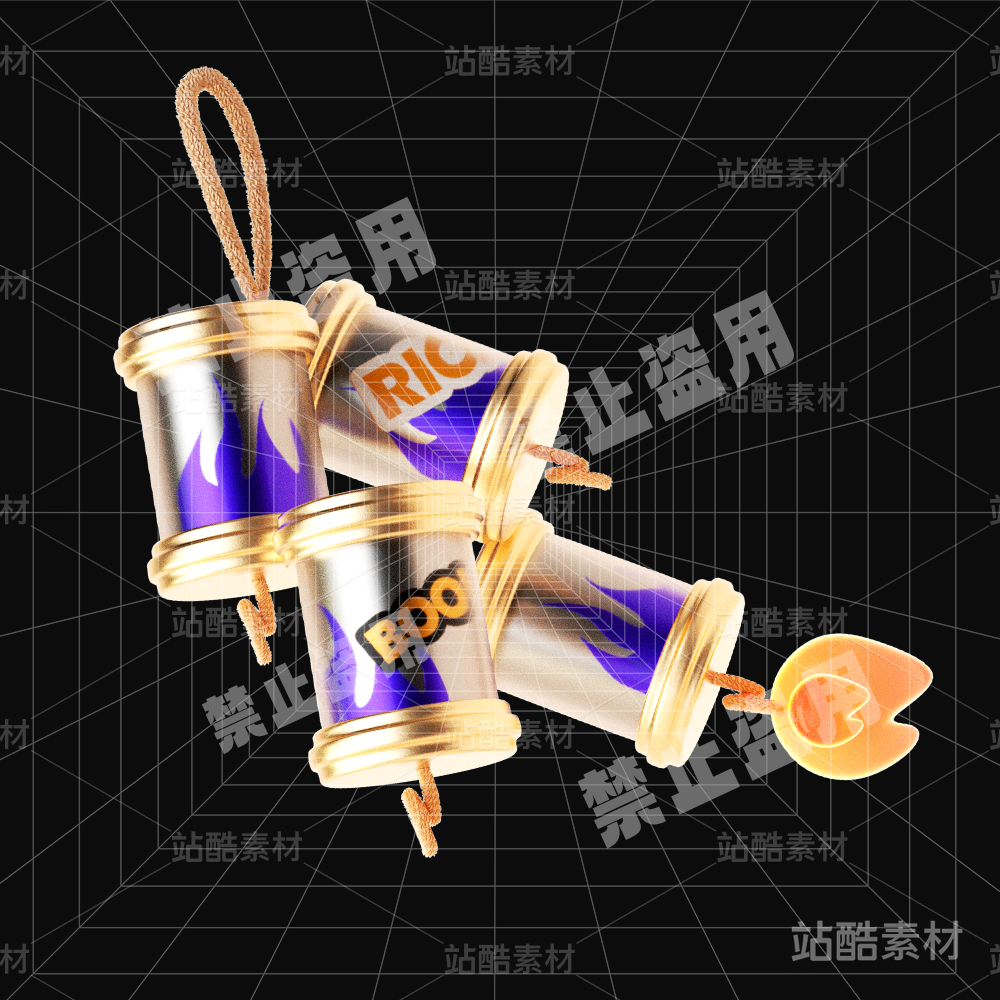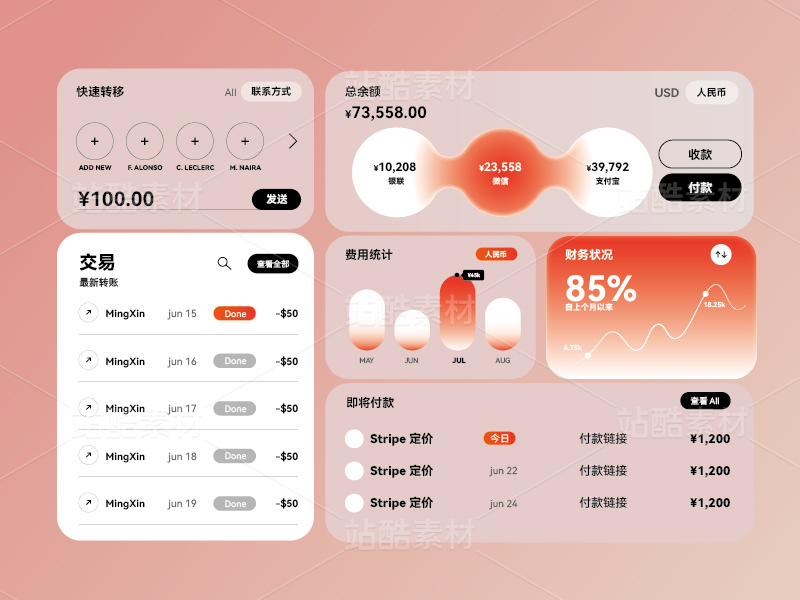序号2-旅游App-雏型概念建立-概念分化-确立方向-背景调查-用户研究-原型产生-评估反思
该项目旨在确定旅游业对当地社区造成的不利影响方面的问题空间,并提供解决问题的可能办法。

Part 3: In-depth research of defined initial solutions
Based on the initial research of these two reasons, the initial solutions in terms of social media and place attachment were given above; however, how to reduce persuasive power of social media, how to increase tourists’ awareness, and how to build up the emotional connection are still unknown. So, they will be further explored in this section in order to figure out the requirements and needs for the initial solutions, to get a deeper view of this domain, and to form a well-structured outline and guide of the solution for this project.
3.1 Reducing social media’s persuasive power
The persuasive power of social media may lead the tourists to do some behaviours that are harmful to the environment and the local community, such as climbing heritage monuments just for taking a photo. Therefore, finding needs and requirements to reduce it is important so that we are able to gain insights that can be applied to the project. Three questions that relate to social media’s persuasive power will be explored in this part, which are the carrier of social media’s persuasive power, how to reduce it, how it exists in common social media applications, and award system analysis. Moreover, based on the feedback from the previous report, the research of additional areas, such as how persuasive power in common social media platforms (i.e. Facebook), will also be conducted.
Based on research, Sparks, Perkins and Buckley (2013) state that social media’s persuasion relies on messages, such as comments and pictures.
How people feel the power of persuasion of social media is related to the received message content, source, and contextual characteristics. For example, if they think the message is useful, informative and accurate, then they would be more likely to accept it, which means the persuasion is more powerful. In our case, according to
Sparks, Perkins and Buckley (2013), tourists can comment on travel destinations and related products in the third-party travel review sites such as TripAdvisor, and those online reviews could influence other people’s travel decisions.
The persuasion has also been considered in mainstream social media such as Instagram and Facebook, which will be discussed in the next part. Moreover,
Carlsson (2018) states that, through the use of persuasion by social media influencers, their followers would be easily affected, and become more interested in their promoting.
Since persuasion is based on the message itself and it exists everywhere in social media, it might be difficult to reduce the influence of persuasive power of social media on the behaviour of tourists. We cannot just say we would like to correct all improper messages from all people, especially from influencers, which is time-consumed and ridiculous. Conversely, since persuasive power can influence people’s behaviour, it could be a strategy that uses persuasion itself to guide people’s behaviour in the right way.
How persuasive power works on people
In order to figure out how to do that, it is important to understand how it occurs. Martín (2020) posts that there are six principles of persuasion described by Cialdini who is known by his book ‘Influence: The Psychology of Persuasion’.
1. Reciprocity – Humans would like to treat others as they would treat themselves, so if they get something from you, they will try to reciprocate. Example: see figure 2, the photo contest offering a $20 voucher to ask people to do something which is a way of implementing reciprocity.

Figure 2 Adapted from “How Social Media and Mobile Technology Impact Travel.” by Martín, 2020 (https://metricool.com/persuasion-techniques-social-media/)
2. Scarcity – Making something be limited and making it to compete is a way to persuade users. For example, the last seat of the plane and the last room of the hotel
3. Authority – People more likely to follow the famous person’s recommendations.
4. Consistency – The consistency is important to create a sense of trust when offering something to your customers which means if you promise something, you must fulfil that promise.
5. Consensus – Through knowing what other people think about, we would be more confident to make a decision. For example, if a product gets lots of positive comments and reviews that people are more likely to buy it. Also, people are more likely to follow the person who has many followers on Instagram. For example, the rating of your product, the number of times people share your content and the number of followers, all these elements probably help people to make decisions.
6. Liking – People are easier persuaded by the people they feel well.
Some of them can also be seen in social media, such as an influencer’s followers. So, combining the strategy that using persuasion to guide people’s behaviour in the right way with some of these principles, a number of insights for the potential solution are formed:
Before the user shares his/her travel experience as messages/videos/photos, providing suggestions about how other people thought about them. (Consistency principle)
An award system that motivates users to behave environmentally friendly. For example, if something posted online is positive and it does not involve improper behaviour, then a gift would be given to the user. (Reciprocity principle).
This feature can be combined with tasks. Through completing a task that relates to friendly behaviour, the user can get a reward.
Cooperating with or guiding social media influencers to share positive travel experiences online so that their followers are more likely to accept it, follow it, or even change their beliefs. (Authority, Liking & Consistency principles)
The use of persuasive power in common social media applications
How it occurs in common social media applications such as Facebook, Tweeter, and Instagram will be analysed since, based on the research mentioned in the previous section, they are commonly used by a large number of tourists to share their travel experience and many people use them to make travel plans.
Gretzel (2018) states that since business models are commonly implemented in social media applications, such media are designed as persuasive technologies in order to attract more users to use them.
So, it does not make sense for them to abandon using persuasive power. Instead, it exists anywhere so that users would feel the need to use those media frequently. For example, ''badges'' as a reward system is implemented in TripAdvisor, and it is used to award tourists who frequently post reviews and experience, and tourists are motivated to create a large number of posts for obtaining better badges. Moreover, Facebook and Twitter link users with the events, contents, or conversation they are interested in through “following”, “tagging”, and “hashtagging”. So, related information would be pushed to users to let them stay engaged. He also points out that “following”, “tagging”, and “hashtagging” result in the cause of the ‘influencer’ phenomenon. People who want to get a very large following or audience would try to produce noticeable and attractive events and contents so that they can get noticed and increase the number of followers. These examples link back to the discussion in the previous section that “some tourists might take drastic or extraordinary ways such as climbing heritage monuments or rocks so that they are able to produce shareworthy content”. Thus, a number of messages that involve improper behaviour might be produced, which would indirectly affect the audience and potential travellers.
There are two insights from these examples. Firstly, as mentioned before, award system could be used to persuade users to behave properly; however, based on the TripAdvisor case, some users might focus on how to get a better reward and ignore the intention of the reward system and tasks that helping tourists to behave properly, which violates the goal of the concept. Thus, it is necessary to let users focus on both the tasks themselves and the reward they want to get. A deeper research of the award system is needed to explore it. In addition, it proves the third insight listed above that “Cooperating with or guiding social media influencers (travel influencer) to share positive travel experiences online so that their followers are more likely to accept it, follow it, or even change their beliefs” in an important need for the solution since what influencers posted online is easily accessed by their followers. If the messages they share to followers are positive, then they could be a guidance to tourists to behave properly in travel destinations.
On the other hand, these examples also reveal the abuse/misuse issue. Social media is an amazing place where people can share ideas. However, as the development of social media, abuse problem becomes more common nowadays. For instance, a large number of users use TripAdvisor to compare which hotel or travel is better by looking for the reviews. The activity which gets more positive reviews will attract more users. However,
Salmon (2020) reported that the biggest hotel chain under the Travelodge umbrella and some top-rate hotels in the Middle East, Las Vegas that they had suspicious activity which means their reviews were faked through comparing almost 250000 reviews during the investigation.
They doubt it because there are larger than a normal amount first-time reviewers gave the positive feedback in one hotel or travel experience. Since the user’s decision will be affected by the rates and reviews, some merchants create a huge amount of new accounts and write great reviews for their own products so that users are more likely to accept those products. It violates the purpose of the review system. Our project is about encouraging people to post their green tourism experience. According to the principle of persuasion we mentioned before, users tend to follow the activity post which gets more positive reviews and rates. We don’t want any people abusing our application to share any activity that is harmful to the environment and we don’t want anyone to repeatedly write positive reviews for benefits. Therefore, we also need to consider how to maximize the effectiveness to stop the abuse issue.
TripAdvisor has an efficient strategy to against this issue.
If there are some reviews for a product coming from the same IP address, TripAdvisor will stop the publication of those reviews (Salmon, 2020).
Figure 1 shows the progress of how the review will be posted or rejected. If the review was detected by any suspicious by checking its IP address, it will be tagged as a suspicious review and it will be hanging over to human moderator to determine whether this review meets guidelines. Also, he points out that TripAdvisor has identified and prevented 1.4 million fraudulent reviews in 2018 because of this strategy. The large number of fraudulent reviews that had been identified reveal this method was effective.
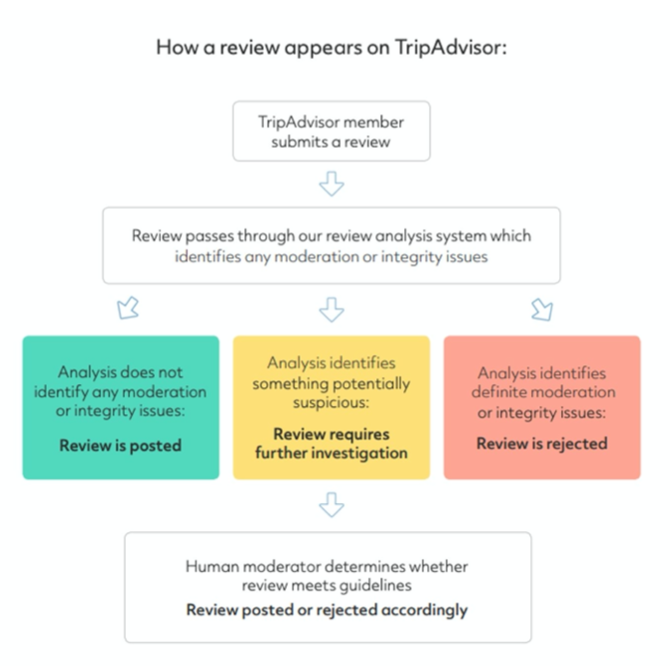
Figure 2 Adapted from "How TripAdvisor keeps fake reviews in check," by Salomon, 2020 (https://blog.guestrevu.com/how-tripadvisor-keeps-fake-reviews-in-check)
After analysing these researches, we came up with extra needs for the solutions. Firstly, in order to prevent the user repeatedly creating new accounts and writing positive reviews for their own travel experience posts, we made a decision that only the people who have signed up can write reviews and give a like. Also, users must only use their phone number to sign up, it aims to make it harder for creating multiple accounts. Since TripAdvisor had great success in dealing with the fake reviews, we decided to follow their method. The system will check all the IP addresses for all the reviews and posts. Based on the IP address detection, it will collect any suspicious action, for example, if there are many different accounts write reviews for one post in one IP address, the system will temporarily block those reviews and hang in over to the human moderator. The moderator decides whether to post and reject these reviews. Also, any account relevant to the suspicious account will be marked as suspicious for a while. Also, the user can decide to block and report any inappropriate content for them. We will not use AI to detect the abuse since Facebook spends much money and resources for it, and they still cannot guarantee 100% abuse detection.
Award system research
As mentioned above, persuasion technology is commonly used in social media applications. One of the efficient strategies is using an award system to let users stay engaged, such as the ‘badge’ system in TripAdvisor. However, the implementation of the award system in these applications is for the purpose of attracting more users and motivating them to write reviews and posts. This purpose is significantly different from our purpose of encouraging users to complete green activities so that they can behave more properly in travel destinations, and they would be rewarded. Although the benefits users will get are similar, the implementations are different. This is the reason the research of this feature is conducted in this section. We need additional information of what kind of reward is suitable for the solution.
Based on Luty’s investigation in 2020, on average, people spend 9 days for a trip. It means our product would only be frequently used in a short period, and it might not be able to provide values to users at other times. So, the overall frequency of use is low. In addition, Yi and Jeon (2003) states that, based on the length of time, award can be categorized into two types: long-term award and short-term award. Long-term award means a person would be awarded after a long period; the later one means a person would be awarded after a short period. In our case, since the product is used in a short period, short-term award is much more suitable then long-term one. If a user is able to see or obtain the value from the product in a short time, then the motivation to change improper behaviour would be enhanced. For example, if a user can get an award such as a coupon everyday by participating in a daily task, then he/she would be more likely to keep participating in the tasks. In addition, Yi and Jeon also mentions that reward can be divided into immediate reward and delayed reward in terms of how many times a person participates in it, which means:
If immediate reward is implemented, then the user can get a reward directly for every visit, which highly promotes the user’s participation.
If delayed reward is implemented, then the user can only get a reward after several visits. In our case, it might negatively affect the user's interest as well as our purpose in changing the user's improper behaviour. If the user wants to get a reward, then he/she needs to complete several tasks; however, it might take a bit long to complete them because tasks are various in our concept, and some of them might be time-consuming. For example, a user is asked to take part in a local activity, then it might take a few hours to achieve it. So, user’s motivation could be affected.
Therefore, immediate reward is much more suitable in this domain. On the other hand, based on Yi and Jeon’s report (2003), there are three types of immediate reward, which are coupon, token, and cash back. Compared with cash back and coupons,token has a number of advantages in this domain. Firstly, tokens are flexible. Users can convert tokens into other types of rewards based on the number of collected tokens, such as catering vouchers for 30 tokens or free ice cream voucher for 10 tokens. So, users can choose something they need rather than providing fixed types of rewards to users. Secondly, it is possible to cooperate with the local business so that it can improve the local economy. Moreover, since the number of tokens is adjustable, it means, for different levels of tasks, the system can simply adjust the number of tokens to balance the difficulty of each task. For example, 10 tokens are offered to a user if he/she successfully completed a difficult task or 3 tokens are provided if a simple task is achieved. If a coupon is used, then the value of each coupon might need to be recorded in the system so that the system can assign coupons to different levels of tasks based on the value, which is not effective.
Therefore, tokens would be used as the reward system in this domain. Users are able to exchange other rewards they like based on the tokens they got. However, it also reveals a question about what kind of reward is commonly accepted by tourists. It might need to be explored in the next iteration with a questionnaire.
3.2 Enhancing place attachment
Literature study of strategies that enhance place attachment
The concept of place attachment is broken down by Tsai (2012) into three core factors, which are place identity, affective attachment, and place dependence. Each one of them contributes to the enhancement of the belonging of a tourist to the travel destination.
Place identity: it means the congruence between the image of a place and the tourist’s self-concept.
Affective attachment: which is tourist’ feelings about the travel destination.
Place dependence: the unique advantages of the travel destination compared with other places the tourist has been.
Based on these three factors, she points out three strategies to improve the level of place attachment. Firstly, the place identity can be improved by increasing the tourist’s self-connection to the destination. Secondly, the affective attachment can be enhanced by the perceived mood-boosting and worry-soothing things. The last one can be improved by the functional benefits and uniqueness of the destination.
So, additional researches were conducted in order to implement these strategies into our cases.
Tsai (2016) reported that the most common way to perceive mood-boosting and self-connection is by participating in local culture such as food culture.
Tourists taste local food to satisfy their physiological functions, and to form a basic understanding of local cultures so that their belongings to the travel destination can be enhanced. Moreover, through participating in local cultures, it brings a positive effect to their autobiographical memories, such as existing positive experiences. So, it contributes to the connection of the existing experience and memories and the travel destinations so that it is easier to build up a self-connection to the places. In addition,
Williams and Vaske (2003) proves that the tourist’s place dependence can be formed and improved by increasing the familiarity with a place.
Combined with Firouzmakan & Daneshpour (2015) that the formation of memories and enhancement of social interaction strongly relate to the improvement of place dependence.
Therefore, a potential strategy is formed:
Through increasing the tourist’s social interactions, such as having more opportunities to participate in local activities that relate to the culture of the travel destination, to help them get familiar with the place, and to recollect this/her previous positive experience and memories so that the place identity, emotional attachment, and place dependence can be linked together, and finally increase the tourist’s place attachment.
















